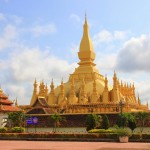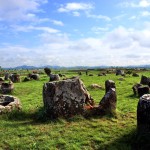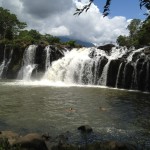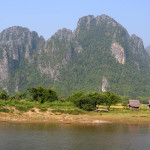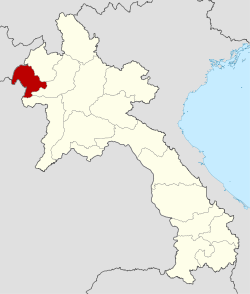
Situated in the heart of the golden triangle, Bokeo is just over the border from Chiang Rai province in Thailand and also borders Myanmar while China is less than 100km away. Although Bokeo is the smallest province in Laos, it harbours a large number of interesting minority groups (approximate 30 ethnicities). The province split off from Luang Nam Tha and was created in 1983. The name Bokeo translates as ‘gem mine’ and the city is known as the ‘land of sapphires’. Panning for gold, and digging for precious stones is a major occupation here.
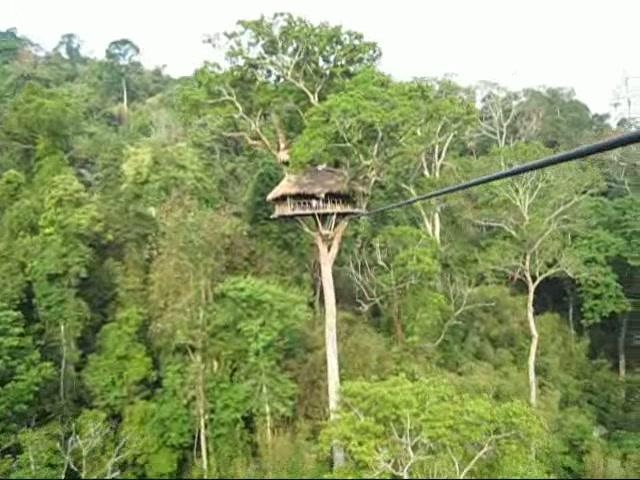
Huay Xai, the capital provincial of Bokeo, sits on the bank of the Mekong River. Like most minor cities in Laos, several temples built in earlier centuries and surrounding villages seem to be the only attractions. However, Bokeo’s real economic strength is tourism. A holiday among a network of hunts and shelters built on top of trees in primary monsoon dry deciduous forest is a decidedly appealing one. A perfect spot where one can observe the forest’s rare habitants from above. Besides fascinating attractions and delightful activities, Houay Xai is also known as the gateway to explore the rest of Laos, a famous stopover spot for most arrivals before boarding a boat and heading southeast to Pak Beng and Luang Prabang. A trip up north on Bokeo’s winding and bumpy roads will lead to Luang Namtha and beyond.
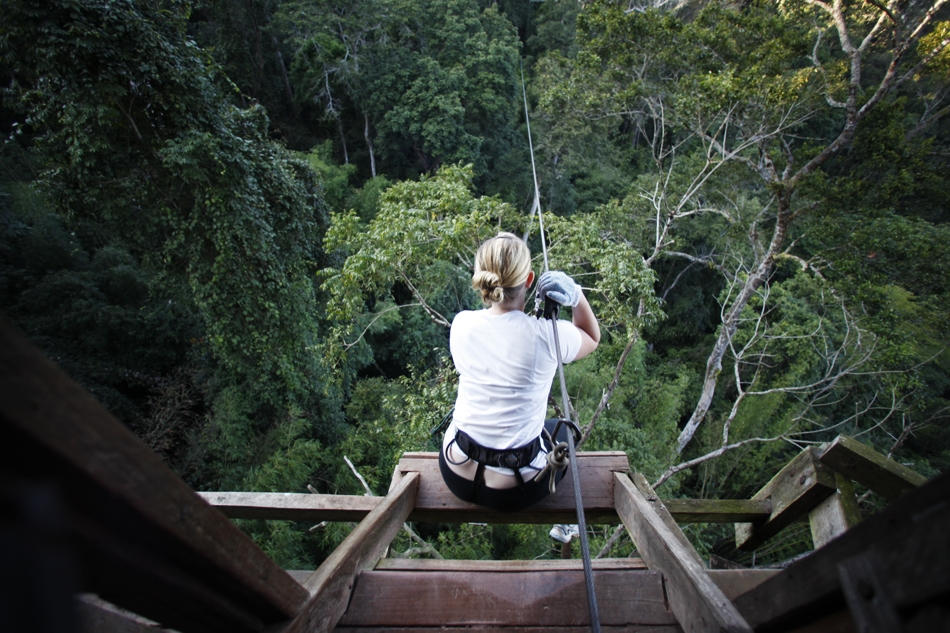
Over the centuries, Bokeo has remained an important stopover for Chinese traders traveling by boats between China and Thailand. Nowadays, the only connection between Bokeo and Chiang Rai is via ferry and speedboat. However, a bridge between Laos and Thailand is scheduled to open in 2012.
All tourist attractions around Huay Xai can be seen on foot within a day. Observe the view from the top of the Chinese-styled temple, Jom Khao Manilat, the most important local sacred place. It’s not to be missed and why not have a look at the stunning French-built Fort Carnot. Both sitesare located near the ferry crossing pier Huay Xai Chiang Kong.
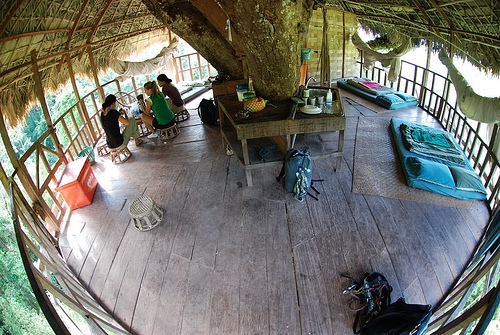
Besides temples, markets, and other site attractions around the town, Huay Xai offers several interesting villages, where traditional ways of life can be observed and where you can learn how villagers earn their living. Sightseeing through villages in the city should take approximately half a day. Some of the hill-tribe villages can be found within walking distance and others can be reached with an open taxi or ‘songteaow’. Hill-tribe villages in Bokeo are rather traditional and more conservatyive than those found in northern Thailand. Visitors are suggested to see the Village Headman (or phuu nyai baan) before strolling around the villages.
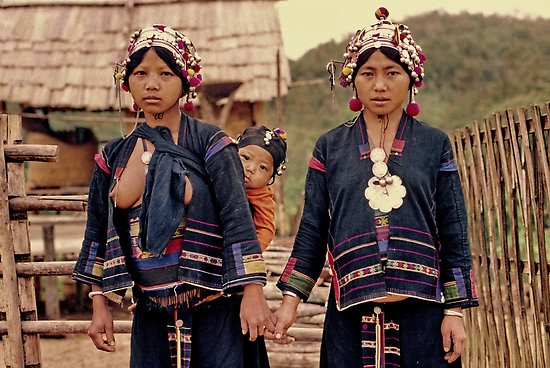
Ban Khao Pun
A lot of villagers work in the production of rice vermicelli, also known as ‘kanom jeen’ as a means of earning their living. Locals eat a dish made with this kanom jeen mixed with phla raa, which is fermented fish sauce. This recipe, when made in Ban Khao Pun, is exported to Chiang Kong, across the border in Thailand. Other than fish sauce, one can try the kanom jeen dish with various types of sauces.
Ban Tom Lao
Ban Tom Lao is a village in Laos which is known for its rice fields and various forms of alcohol that are prepared on it by the villagers. The name of this village roughly translates as ‘brew comes’ which is appropriate since locals prepare a genre of hooch which is legal in Lao, but not permitted for consumption in most other countries. The alcohol level of the various drinks is not always regular, since it depends on the fermentation period. On average, it is at 40%.
Ban Yong Hin
Ban Yong Hin is a form of mobile home structure made of wood. Wooden stakes are placed on a stone to create this house. The Thai Lue people are known to build these kinds of structures and although they are known to be mobile homes, the reason for using stone as the base is to prevent destructive termite and moisture erosion in the wood.


